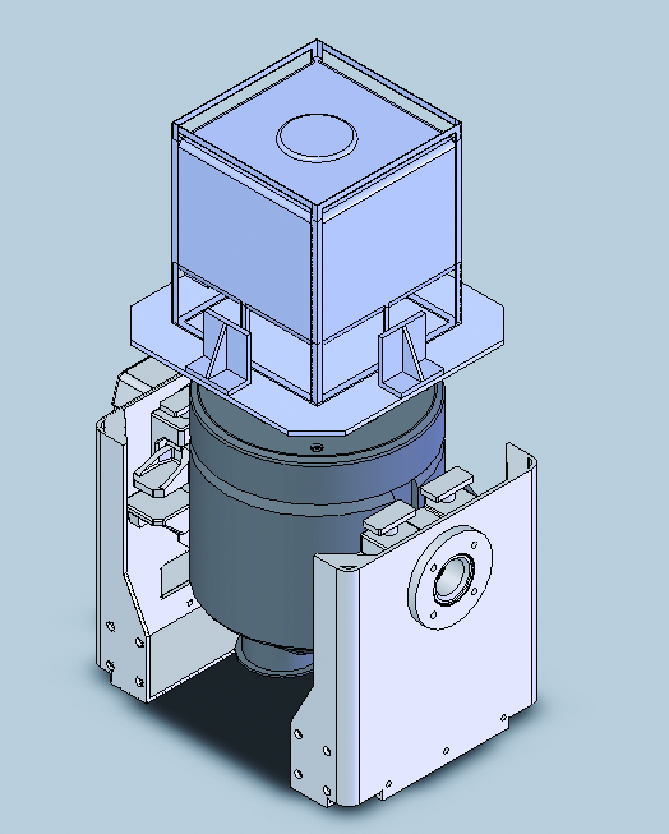IBC container vibration test
Test overview
■ Purpose
To implement the Inspection Standard for Containers and Packaging of Dangerous Goods, Section 14 Vibration Test, issued by the Japan Marine Equipment Inspection Association (HK) January 2011.
Standard applies to IBC containers holding liquid dangerous goods as a design type test.
■ EUT
IBC containers
■ Test conditions
(1) The EUT shall be filled with water up to 98% of its maximum capacity and provided with a closure device in transport conditions.
(2) The EUT shall be installed in the centre of the test stand and vertically loaded with a sinusoidal waveform with a double amplitude of 25 mm ± 5% (double amplitude).
(3) The frequency of vibration shall be such that at least one point between the bottom of the EUT and the test stand is lifted off the shake table during any frequency cycle to the extent that the intermittent metal strip can be fully inserted. If necessary, a restraining device shall be fitted to the table to prevent the EUT from sliding down the table horizontally without restricting vertical movement.
(4) The metal strip used for the test shall be at least 1.6 mm thick, at least 50 mm wide and of sufficient length to insert at least 100 mm between the EUT and the test stand.
(5) The test shall last at least 1 hour.
■ Note
To prevent the EUT from being dropped, a preventing fitting was fitted to prevent it from interfering with the EUT.
The test was conducted with the amplitude fixed at 25 mmp-p and the frequency adjusted from a low frequency of about 3 Hz to a frequency at which the metal plate could be inserted (approx. 4.5 Hz).
The standard EUT size is 1100 × 1100 mm and EUT mass (water-filled): 1500 kg.
Test image

Memo
Facilities used
Vibration test system: VS-12500-140
Vibration controller: K2 software Sine
Head expander: TBV-1219S-i50-M 130 kg
Test time
2 hours

